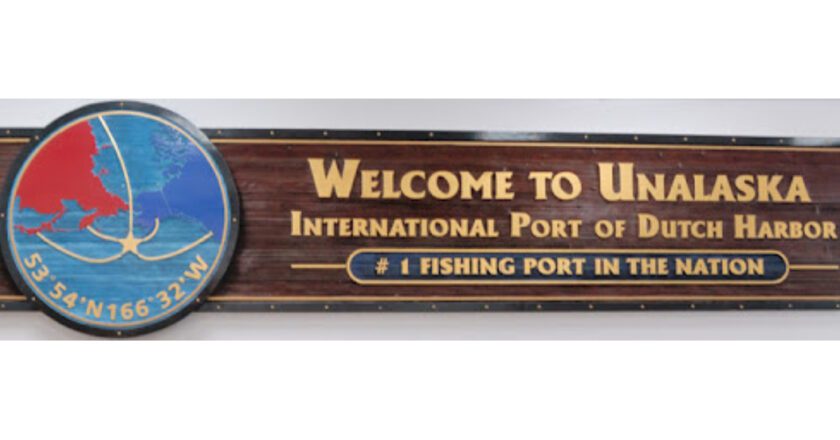Owner, Captains of Crabbing Vessels Charged with Illegal Seafood Transport
A federal grand jury in Anchorage has indicted the owner and captains of two crab catcher vessels on charges of illegally transporting crab from Alaska in violation of the Lacey Act, which bans trafficking in fish, wildlife, or plants that are illegally taken, possessed, transported or sold.
Court documents released on Monday, April 22, cited Corey Potter as the owner of the two crab catching vessels and Justin Welch and Kyle Potter as captains of the vessels, in the alleged taking of crab through Canadian and Washington waters.
Corey Potter was charged with two counts of unlawful transportation of fish or wildlife in violation of federal law. Justin Welch and Kyle Potter were both charged with one count of the same violation.
Court documents did not identify the vessels or ho...










